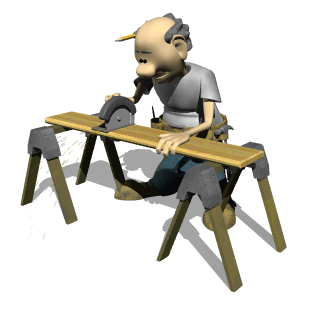Updates in progress. Coming soon!
SAHSE: Safety Assurance in High Stress Environments using Wireless Sensor Networks.
Dr. Ijaz Haider Naqvi (PhD, INSA, France), Dr. Saad Qaiser (PhD, Michigan State University, USA) [2013-2015]
The aim of this project was to build a Wireless Sensor Network based test bed for the monitoring of harsh environments. The developed test bed was used for monitoring the presence and/or concentration of toxic gases, monitoring structural integrity, water ingress, light concentration, temperature, pressure, humidity and various other environmental parameters to detect the collapse in case of accidents and localize the collapses as well as the personnel inside the harsh environment. My research areas of focus included: 1- Outlier & Event Detection, Identification and Localization, 2- Mobile Sensor Node Localization for localizing miner, 3- Efficient MAC and Routing Protocols for harsh mine environments, and 4- Miner Fall Detection.
Related Publications:
Design and Implementation of a multipurpose Wireless Sensor Nodes/Network from Commercial Off-the-Shelf Components.
Pakistan is a developing country with a rapidly growing economy, and efficient industrial processes is one of the key factors that can play a major role in taking us further on this path. With rapid large scale industrialization, there arises a need for continuous monitoring and regular maintenance to ensure uninterrupted operation. The information about integrity of various machineries and materials and the parameters that govern appropriate operation of an industrial environment have to be known. Further, to obtain a holistic picture of the environment, monitoring also needs to be carried out over an entire area of interest. Therefore, a large number of sensors would be required in order to perform relatively accurate sensing. Current methods of manual monitoring lacks techniques for efficient and high fidelity operation with support for near real-time decision making. This project aimed to develop a Wireless Sensor Network in the industry which would monitor the key stress points in the plant. The network of sensor nodes were designed to measure various parameters of plant and the events detected and identified by these individual sensor nodes were communicated to a centralized sink node. Different type of sensors were used to monitor several parameters. Smoke or fire sensors were used to sense any type of fire in the industry, so alarm can be generated automatically, hence making the life of the workers safe. Besides being used for monitoring purposes, the network was designed to control certain parameters based on the measured readings. We built the sensor nodes indigenously in order to control the design parameters and tailor them for optimizations suitable for our environment. It allowed us to make it cost effective and thus feasible monitoring & safety assurance solution for the local industries. Apart from development of nodes, my research mainly focused on In-Network Data-Gathering & Event Detection, Identification and Localization.
Related Publications:


